Table of Contents
ToggleIn the domain of iron and sweat, a legendary debate rages on: the supremacy of Rack Pulls versus Deadlifts. Each boasts a legion of devout followers, but which reigns supreme? It’s a clash pitting partial against full range, with massive growth as the prize.
The pursuit is clear – a Herculean back, a grip of steel, and the power to move mountains.
Unlocking Potential with Rack Pulls
Imagine hoisting weight with the precision of a machine. Rack Pulls offer this, targeting the upper back with surgical accuracy. They’re not just an exercise; they’re a scalpel, carving out definition where deadlifts paint with broader strokes. The shorter range of motion allows for heavier loads, pushing your traps and erectors to grow in ways that full pulls may not achieve.
Deadlifting: The Classic Mass Builder
Yet, the raw appeal of the deadlift cannot be ignored. It’s the full-body trial, the ground-to-stand grind that forges overall strength. The deadlift is a rite of passage, a cornerstone, a foundation upon which bodies are forged. Engage in this primal lift, and watch every muscle fiber rally to the call. The pure functional power developed here is unparalleled.
The Verdict: Balancing Act for Maximum Gains
So, where does the needle point in the tug-of-war between Rack Pulls and Deadlifts? Wisdom lies in the harmony of both. Integrate Rack Pulls for targeted back development and overload. Then, summon the deadlift for systemic strength and grit. This balanced arsenal ensures neither plateau nor weakness can stand in your path to greatness.
Each pull, each lift, each set is a step toward the ultimate transformation. Train smart, lift heavy, and let the growth begin.
Essential Facts: Rack Pulls vs. Deadlifts
- Rack pulls are a variation of deadlifts focusing on the upper portion of the lift.
- Deadlifts work the entire posterior chain, from legs to back.
- Rack pulls require a power rack to set the bar at knee height.
- Deadlifts start with the barbell on the floor.
- Rack pulls allow for heavier lifts due to reduced range of motion.
- Deadlifts demand more technique and mobility.
Benefits and Advantages
Rack pulls enhance lockout strength. They target the lower back, glutes, and hamstrings. Rack pulls may reduce injury risk for those with limited flexibility. Deadlifts offer a full-body workout and improve core stability. They also boost athletic performance and functional strength.
Pros and Cons of Rack Pulls
Pros:
- Increased overload capability.
- Enhanced grip strength.
- Improved back and trap development.
Cons:
- Limited leg engagement.
- Potential overemphasis on lower back.
- Requires access to a power rack.
Pros and Cons of Deadlifts
Pros:
- Comprehensive muscle engagement.
- Boosts overall strength and power.
- Enhances posture and balance.
Cons:
- Higher risk of injury if performed incorrectly.
- Demands good mobility and form.
- Can be taxing on the central nervous system.

Understanding Rack Pulls and Deadlifts
Both rack pulls and deadlifts are potent exercises for building strength and muscle. Understanding their differences is crucial for tailoring your workout to your goals.
Rack Pulls: Step-by-Step Plan
- Set Up:
- Adjust the rack to just below knee height.
- Load the bar with the appropriate weight.
- Stand with your feet shoulder-width apart, toes under the bar.
- Lift Execution:
- Hinge at the hips and knees to grab the bar, hands just outside of legs.
- Keep your back straight and chest up.
- Lift the bar by extending hips and knees to a full stand.
- Sets and Reps:
- Perform 3 sets of 6-8 reps.
- Rest for 2-3 minutes between sets.
Rack pulls enhance upper back strength and lockout capabilities in the deadlift.
Deadlifts: A Comprehensive Scheme
- Foundation:
- Place the barbell on the ground.
- Stand with feet hip-width apart, mid-foot under the bar.
- Movement Mechanics:
- Bend and grab the bar with a grip of choice.
- Keep your back flat, brace your core, and lift by pushing the floor away.
- Lockout at the top with hips and knees fully extended.
- Workout Structure:
- Target 4 sets of 4-6 repetitions.
- Ensure a rest period of 3-5 minutes between each set.
Deadlifts target the entire posterior chain and are essential for total body strength.
Mitigating Errors in Rack Pulls and Deadlifts
Avoid common lifting mistakes for optimal development and injury prevention.
- Inadequate Warm-Up:
Warm up with dynamic stretches and light weight to prepare your body.
- Improper Form:
Focus on keeping a neutral spine and engaging your core to prevent strain.
- Excessive Weight:
Progress gradually, prioritizing form over ego lifting.
Personal Testimony on Pulling Exercises
“My training partners saw incredible gains in back thickness after integrating rack pulls into our regime,” said one of my fellows.
Tips for Integrating Both Exercises
Which Pulling Exercise Should You Focus On?
1. Assess your goals; for overall development, prioritize deadlifts.
2. To overcome a plateau in deadlifts, incorporate rack pulls for enhancing lockout strength.
3. Listen to your body and modify exercises to prevent injury and aid recovery.
Advanced Techniques in the Rack Pulls and Deadlift Controversy
Experienced lifters often ponder which lift reigns supreme for back development.Rack pulls and full deadlifts both have staunch advocates. Advanced techniques focus on the targeted muscle activation and specificity of training. Partial reps as seen in rack pulls hone in on the lockout, enhancing grip and upper back strength.
Conversely, deadlifts demand more from the posterior chain, soliciting a holistic lower body and core workout.
Elite performers know to align their goals with the right variant. This ensures either exercise complements their overall bodybuilding regimen.
Varying the pulls, altering grip style, and adjusting lifting tempo can shape significant back mass and power.
Personalizing The King of Pulls Formula
Different goals necessitate tailored approaches within this strength-training debate. If your aim is to boost deadlift numbers, incorporating rack pulls can break through plateaus. These modified lifts reduce range of motion, allowing you to overload your system.
For those targeting hypertrophy, full deadlifts activate more muscle groups. Customization is key. Adjust starting height, weight, and volume to align with individual objectives. Remember, no one-size-fits-all; tweak until the results align with aspirations.
Integrating Pull Variants with Complementary Exercises
Merging the king of lifts into a broader routine magnifies results. Pairing rack pulls with accessory movements like bent-over rows can accentuate upper back strength. Likewise, including deadlifts in a lower-body workout amplifies core stability and leg power.
Respected trainers emphasize the power of compound movements. Always adjust auxiliary exercises to ensure recovery and prevent overtraining.
Nutrition and Recovery Maximizing Pull Performance
For those dedicated to this lift’s rivalry, nutrition and recovery cannot be underestimated. A balanced diet rich in protein, complex carbs, and healthy fats supports muscle repair and growth.
Hydration and sleep patterns directly influence performance and endurance. Pair these elements with smart lifting for unmatched gains.
Studies show that nutrients’ timing is pivotal, especially post-workout, for optimal muscle recovery.
Insights from Pull Lift Masters
“Mastering either pull comes from respecting the lift and your own body,” asserts a seasoned professional. Experts advise focusing on form before adding weight. They stress injury prevention, recommending thorough warm-ups and form checks. Customized programming, they argue, is more efficient than following generic templates. These insights guide diligent lifters towards sustainable progress.
Psychological Aspects of Pulling Variants
Aside from physical exertion, mental grit plays a role in pull exercises. Building a solid mental approach enhances discipline and focus. Visualization and internal motivation can help athletes power through tough sets and aid in achieving lifting milestones.
Cycling Intensity in Pull Routines
Top trainers suggest periodization to mitigate the risk of plateauing. Alternating between heavy, moderate, and light weeks in your pull routine prevents burnout. This cyclic training keeps the body’s adaptive processes sharp.
It’s pivotal for natural bodybuilders who rely on strategic variations rather than external aids.
The discourse on whether rack pulls or deadlifts deserve the title of ‘King’ remains nuanced. Regardless, lifters agree that both serve distinct and valuable purposes in strength training.
With a judicious mix of both, customized to the lifter’s goals, and blended with sound nutrition and recovery practices, one can optimize their physique and performance robustly.
Leveraging expert advice, integrating complementary exercises, and maintaining a robust psychological approach cultivates dedication and success within the lifting community.
Are rack pulls or deadlifts better for building mass?
Both exercises are effective for mass building. Deadlifts engage a larger group of muscles, but rack pulls allow for heavier lifting, thus can lead to greater hypertrophy in the targeted muscles.
Should beginners start with rack pulls or deadlifts?
Beginners may benefit from starting with deadlifts to learn proper form and build overall strength. As proficiency grows, integrating rack pulls helps focus on specific areas like the upper back.
Can rack pulls replace deadlifts in my routine?
Rack pulls can’t entirely replace deadlifts because they involve a shorter range of motion and fewer muscles. However, they’re an excellent accessory movement to complement deadlifts.
Do rack pulls put less strain on the lower back?
Yes, rack pulls typically put less strain on the lower back compared to deadlifts because the range of motion is reduced and starts from a higher position.
Is it possible to lift more weight with rack pulls than with deadlifts?
Yes, most individuals can lift heavier with rack pulls because the range of motion is shorter, placing less demand on the lower body muscles.
How often should I include rack pulls and deadlifts in my workout regimen?
Frequency can vary based on your goals and recovery, but generally, you can incorporate each exercise 1-2 times a week while allowing for adequate rest.
Can rack pulls help improve my deadlift max?
Indeed, rack pulls can help improve your deadlift max by strengthening the lockout phase and allowing you to overload your grip and upper back muscles.
What safety precautions should I take when performing rack pulls and deadlifts?
Maintain a neutral spine, avoid jerky movements, use a belt for heavy lifts if necessary, and ensure proper warm-up to prevent injury.
Will rack pulls increase my deadlift strength for powerlifting competitions?
Rack pulls can specifically improve the lockout strength in deadlifts, which can be beneficial for powerlifting competitions where this is often a sticking point.
Are there different variations of rack pulls and deadlifts that I should try?
Yes, you can experiment with different stances, grips, and rack heights for rack pulls, as well as sumo, conventional, and Romanian deadlifts to diversify your training.
Final Thoughts
Rack pulls and deadlifts both reign as effective strength-building exercises, each with their unique benefits. Rack pulls allow for targeted muscle overload, particularly enhancing upper back strength and improving deadlift lockouts.
Meanwhile, deadlifts provide comprehensive muscle engagement, promoting mass gain and full-body strength. Utilizing both in your fitness journey can lead to well-rounded development and formidable gains.
Let these lifts guide you to the throne of strength and shatter your personal records. Remember, consistency and proper form are your loyal knights in this royal quest for power.
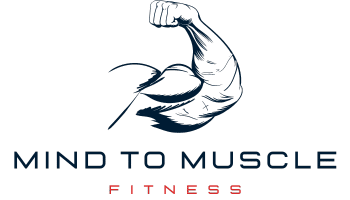

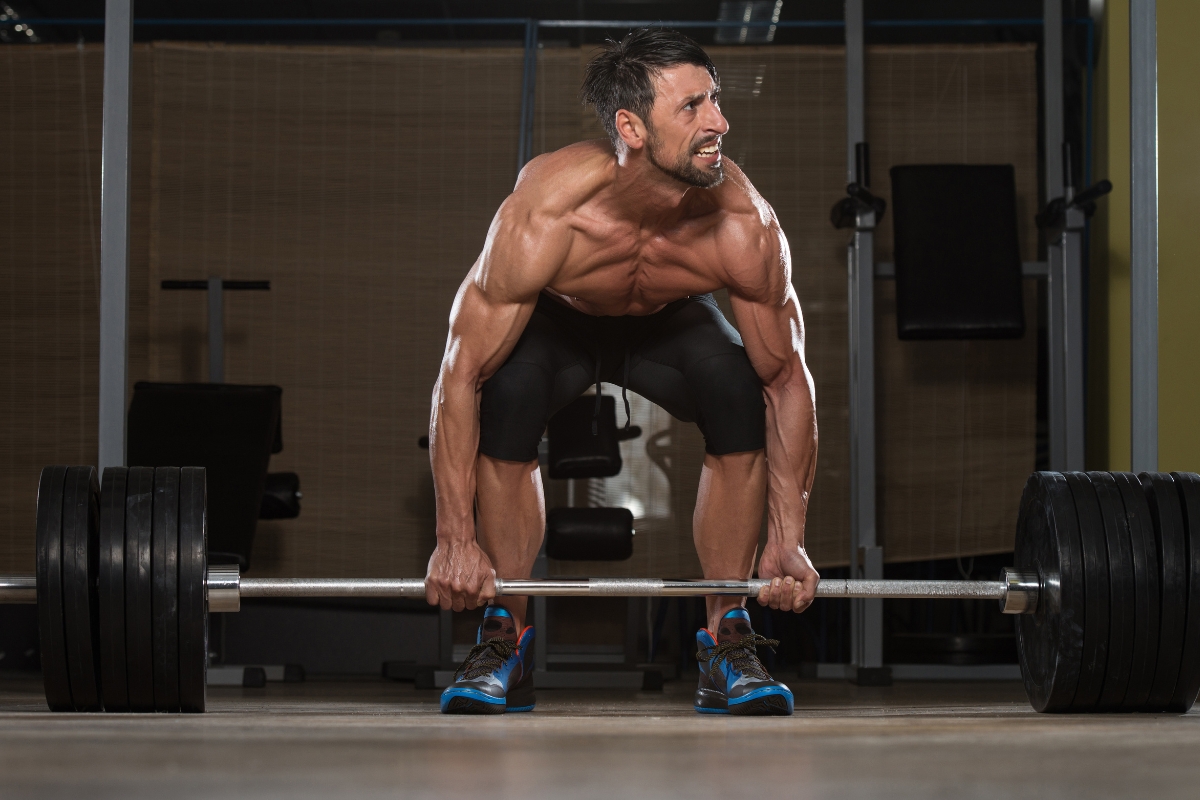


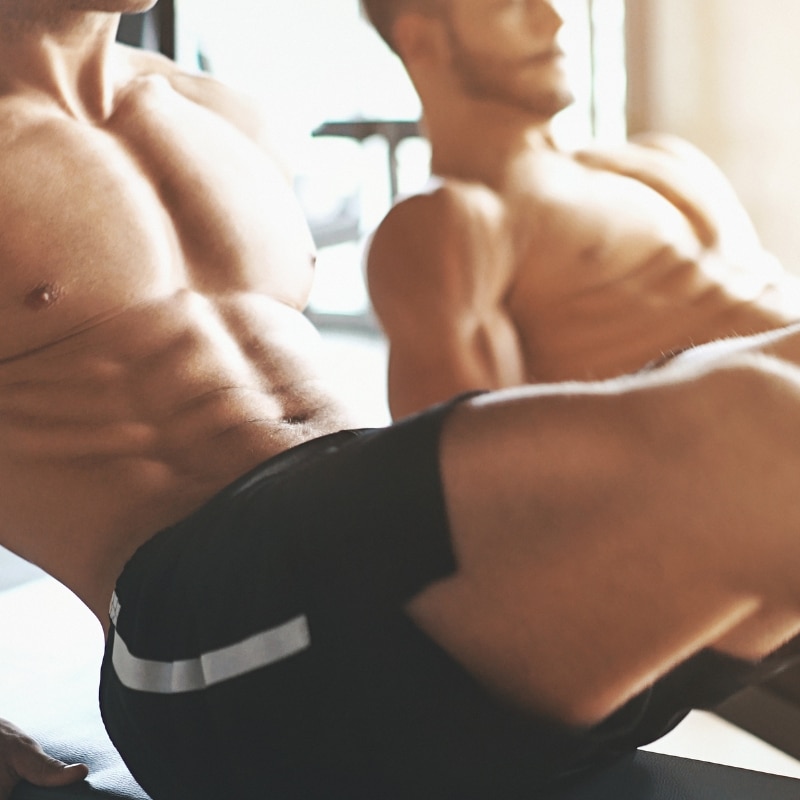
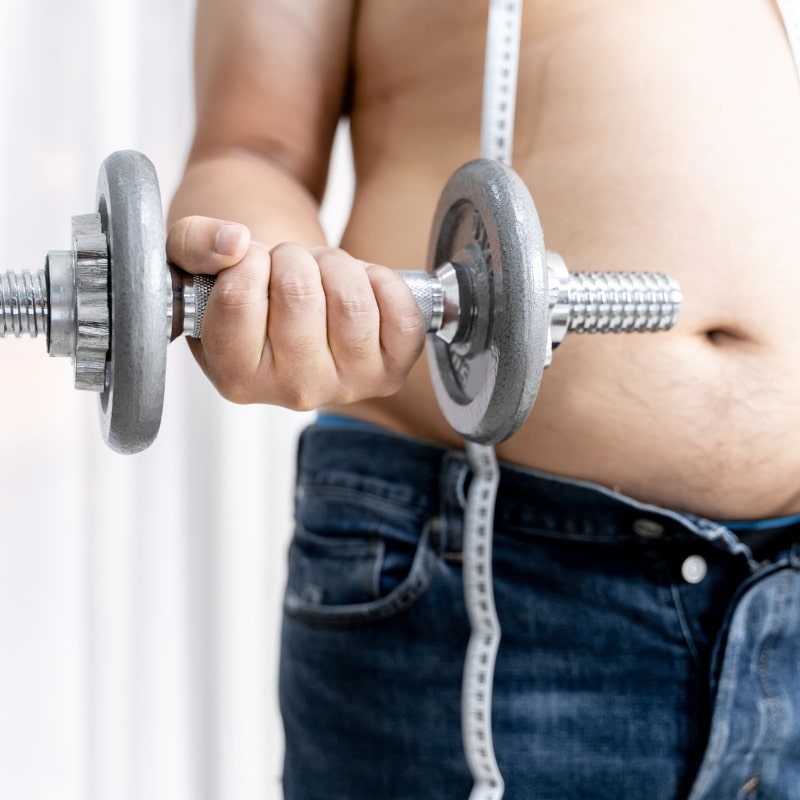

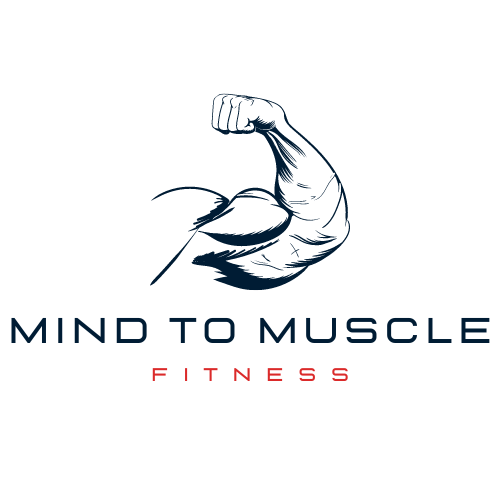
Average Rating